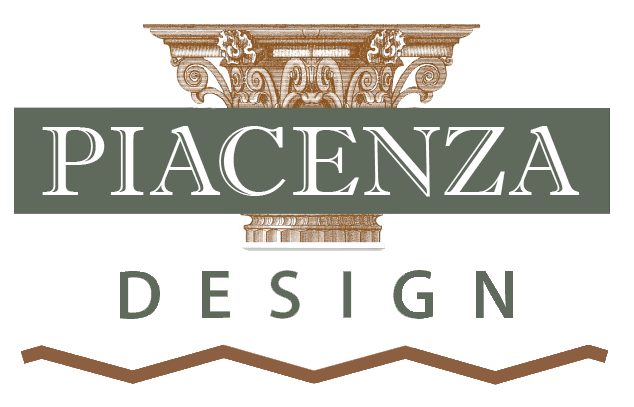I've always loved tapestries and Oriental rugs, particularly when they posess the gentle patina that antiques wear with pride, having acquired over time. The intricate textures and colors help make any space incredibly luxurious, pleasantly muted and amazingly cozy.
Recently, I was chatting about France with Seattle rug merchant - and fellow Francophile - Brad Andonian, of Pande Cameron and the subject of French rugs came up. After having visited The Cluny Museum in Paris, and seeing their incredible collection, I was inspired to learn more.....
The Stately life, set of 6 tapestries in the Cluny
In the middle Ages, tapestries had a purely utilitarian function. They were designed for comfort: to protect medieval rooms from damp and cold weather and to cover the austere walls of unheated, cavernous castles.
The Bayeux tapestry depicting the Norman conquest
By the 1500’s tapestries were status symbols - they were more expensive and labor-intensive than panel paintings and frescoes! And they were still essential for comfort.
Some tapestries depicted favorite pastimes: the hunt, peasants at work & play or social scenes.
Hunt of the Unicorn
….. Eventually, pastoral landscapes or Verdure (my personal favorites!) were introduced.
Verdure tapestry
Detail of a 17th c verdure tapestry
To see historical tapestries in person, there’s currently an exhibition at the Metropolitan Museum of Art, “Grand Design”, through January 11, 2015. Or, if you find yourself in Paris - which would be wonderful in and of itself - I can highly recommend The Cluny Museum, with its stellar collection of Gobelins tapestries, near the Sorbonne.
Gobelins Lady and the Unicorn
The word tapestry derives from Old French tapisserie, from tapisser, meaning "to cover with heavy fabric, to carpet”, so it’s easy to see how intricate French rugs such as Savonnerie and Aubusson might have naturally evolved from tapestry.
Savonnerie rugs originated in 17th century France. They were first manufactured in a former soap factory (or “savon” in French), hence the name Savonnerie.
Antique Savonnerie through Christies
Carpets produced by the Savonnerie before 1690 used designs by Charles Lebrun, who was the court painter to Louis XlV.
Charles Lebrun painting of Louis XlV
Tapestry illustrating Louis XlV visting the Gobelins factory
Aubusson rugs, named for the town in central France where they were made, were based on Savonnerie rugs' motifs but were a bit less costly.
Antique Aubusson
Antique Aubusson
Before Aubusson, Savonnerie rugs were only available to the King. With the more affordable Aubusson rug designs mimicking those of Savonnerie rugs, they became available to anyone to anyone who could afford them......
The Dowager Countess in a room with an Aubusson rug
During the French Revolution, the golden thread of royal crowns, cyphers and fleurs-de-lys were cut from carpets that remained in storage, to further destroy royal references.
18c Versailles tapestry
In 1825, the Savonnerie was incorporated with the Gobelins Manufactory, uniting tapestry and rugs. Many of their designs reflected Napoleon's Empire style.
Empire Style - Napoleon's chamber in the Grand Trianon at Versailles
Today, Savonnerie and Aubusson rug styles are still produced, and can be found in such high-quality rug stores as Pande Cameron in Seattle. Here are some wonderful examples I saw on a recent visit:
Detail
While not technically a Savonnerie or Aubusson, the rug below displays some of the same classical style and would be at home in many different interiors.






































